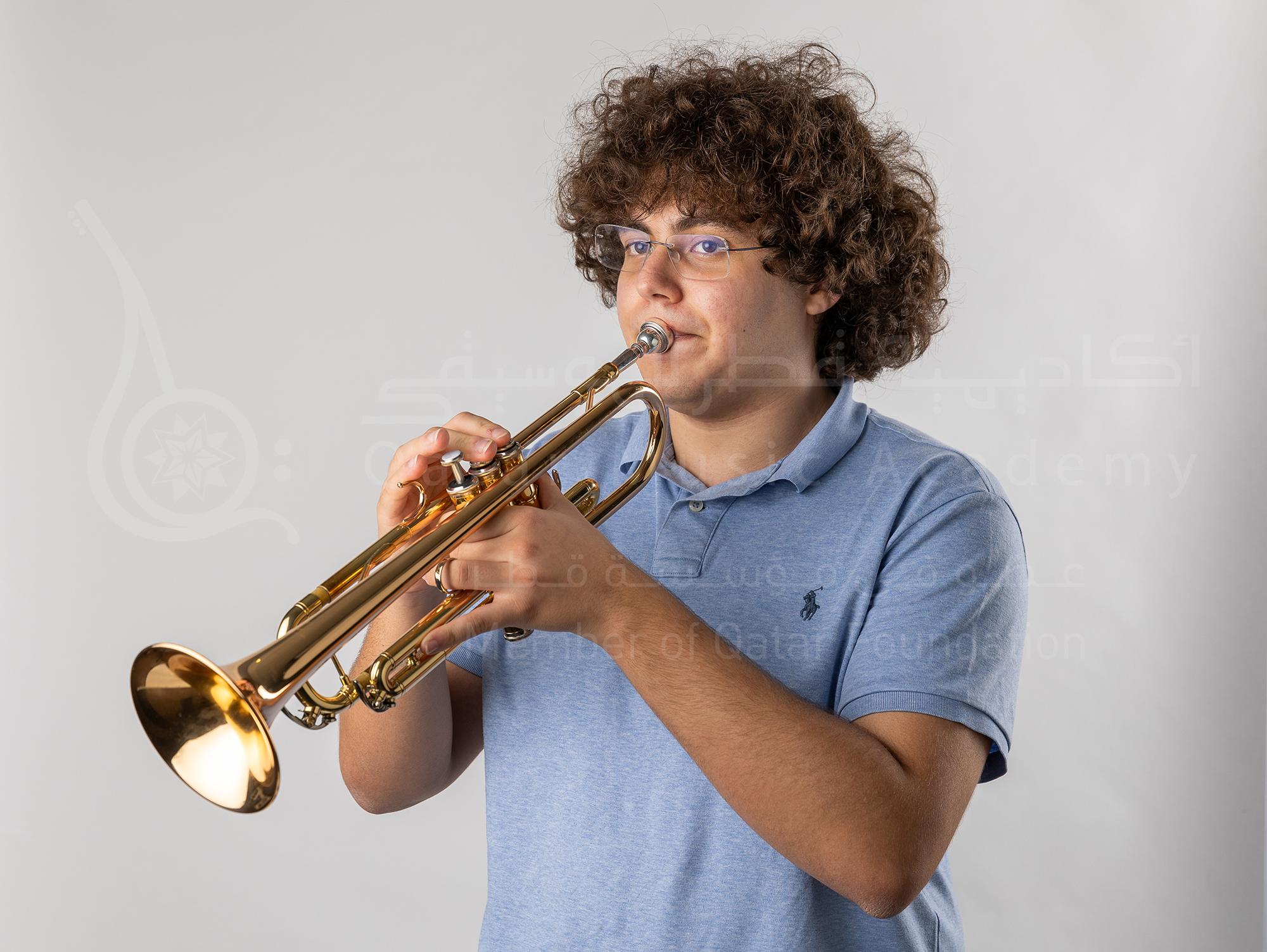Setting the Stage: The Importance of Musical Goals in Brass Lessons
Written by Ms. Rachel Seay

Imagine that you have decided to take a road trip. You pack the car, fill it up with petrol, hop in with your family, and start to drive. One important detail is missing from this narrative: the destination! You wouldn't embark on a road trip without knowing where you're going; successful musicians apply the same thinking to their musical study. In this case, the destination is the goal and the journey is the steps taken to reach the goal.
Musical goals give students a clear "destination," for their musical journey. In brass lessons at QMA, we discuss three types of goals: process goals, performance goals, and outcome goals. Process goals are set for specific actions or tasks. In our world, a good example of a process goal is to "practice every day after dinner" or "fill out the online Practice Journal form after every practice session." These goals are about “doing” something, and the goal is achieved when the task is completed.
Performance goals are set to achieve specific musical milestones. An example of this might be to "play a solo piece at a tempo of 120 beats per minute" or "to play up to top G consistently and with ease." It could also be to improve tone, or musical expression. These goals describe “how” to do something, and the teacher and student will often agree together when the goal has been met.
Outcome goals are based on external successes. These can be powerfully motivating for many students as they include winning competitions, getting distinctions on exams, and earning "first chair" placements in ensembles. Outcome goals are often the hardest to manage because they are impacted by factors outside of the student’s control, such as other students in a competition or the opinion of an examiner. Nevertheless, many students enjoy pursuing outcome goals as well.
There are a number of elements that go into setting an effective goal. A helpful acronym to use to ensure that a goal will be effective is S.M.A.R.T. Each letter stands for one element that is required for a healthy goal:
S - Specific
A specific goal is very clear about what it is meant to achieve.
M - Measurable
A measurable goal has very clear criteria to know when the goal is reached.
A - Attainable
An attainable goal is something is realistic and within the capabilities of the student.
R - Relevant
A relevant goal is directly related to a student’s musical life.
T - Time-based
A time-based goal is set within a specific timeframe.
Once a SMART goal has been set, it’s useful and very gratifying to physically and/or visually chart the progress of the goal. Many students enjoy the satisfaction of marking off completed tasks toward a goal on a calendar or chart. It can also be incentivizing to use an app or other online goal tracker that unlocks badges or other rewards as steps are completed.
This is only an overview of the very wide field of goal-oriented achievement. An abundance of resources is available online to deepen your knowledge of this area. Encourage your child to consider their goals each time they start a practice session. Keeping goals in mind makes practice time more meaningful and productive. And everyone, students, parents, and teachers, will enjoy the satisfaction when a goal is reached!
